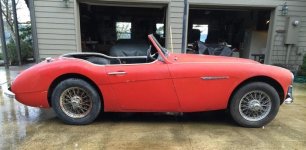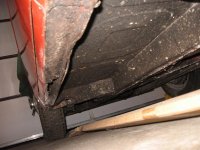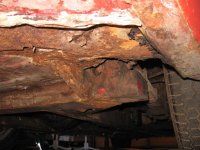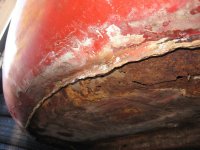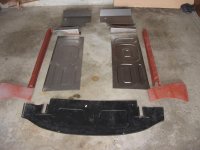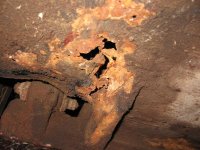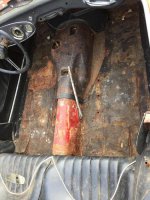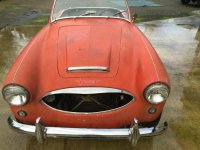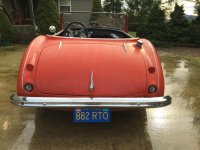First of all-a sincere merry Christmas to everyone. I hope the holidays have been full of warmth and family.
My long-distance touring codriver and I are considering a big Healey for our next car. We are planning to enter a number of the 1000 mile events this spring and fall, these are fast road events where reliability is super important and the car has to be capable of hanging with much more exotic and high-speed touring cars (yeah, Ferrari stuff).
We are starting to narrow our choices down to a100/6 or later 3000. I know the cars got more weather protection and a always fitted top as they progressed through the years. Having some wind/weather protection on an event like this is obviously a plus, but these are generally sunny in moderate temperature events anyway.
I was hoping to get some coaching from you all on if these two would drive significantly differently or if they would have very similar driving dynamics with the wi d/weather protection mainly being the big difference.
Thanks!
My long-distance touring codriver and I are considering a big Healey for our next car. We are planning to enter a number of the 1000 mile events this spring and fall, these are fast road events where reliability is super important and the car has to be capable of hanging with much more exotic and high-speed touring cars (yeah, Ferrari stuff).
We are starting to narrow our choices down to a100/6 or later 3000. I know the cars got more weather protection and a always fitted top as they progressed through the years. Having some wind/weather protection on an event like this is obviously a plus, but these are generally sunny in moderate temperature events anyway.
I was hoping to get some coaching from you all on if these two would drive significantly differently or if they would have very similar driving dynamics with the wi d/weather protection mainly being the big difference.
Thanks!

 Hi Guest!
Hi Guest!

 smilie in place of the real @
smilie in place of the real @
 Pretty Please - add it to our Events forum(s) and add to the calendar! >>
Pretty Please - add it to our Events forum(s) and add to the calendar! >> 



 Perhaps the car is an earlier 57 chassis with a later 57 engine. With all the movement of location, parts, books and personnel any combo may have occurred.
Perhaps the car is an earlier 57 chassis with a later 57 engine. With all the movement of location, parts, books and personnel any combo may have occurred.